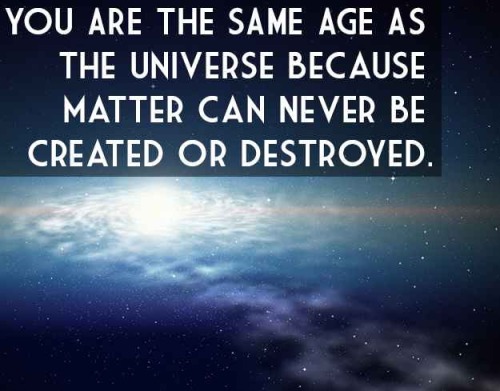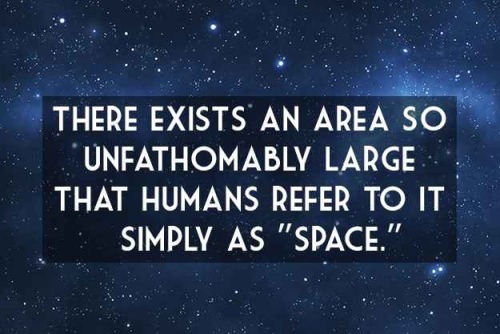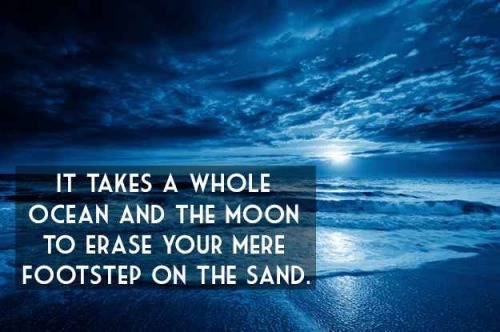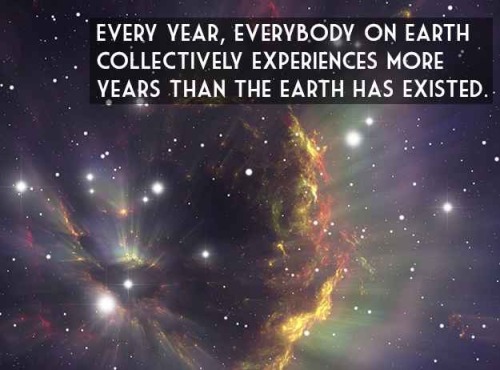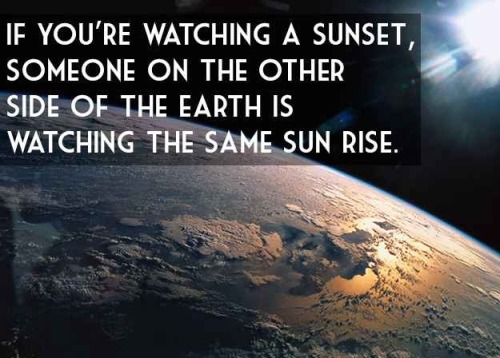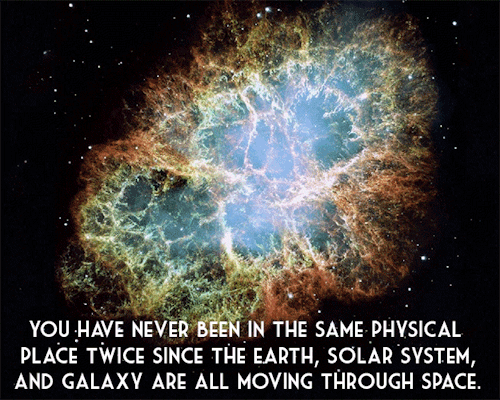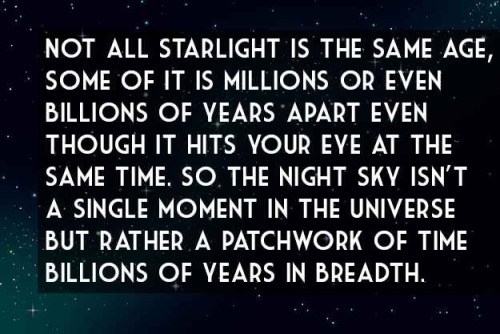All Right, Lovely YW People On My Dash (and Beyond), Willing To Hook Me Up On Whats So Awesome About
All right, lovely YW people on my dash (and beyond), willing to hook me up on whats so awesome about it? The title sounds dorky but apparently this is good
More Posts from Outofambit and Others

Sometimes I read stuff and I just wanna shake someone like "WHY IS NOBODY TALKING ABOUT THIS"
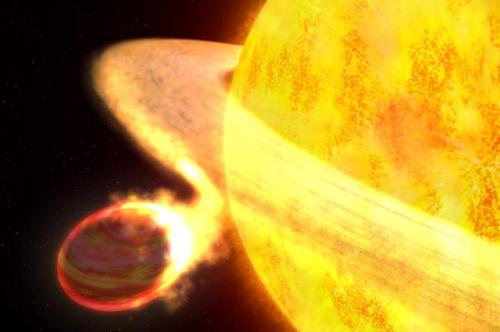
Most Amazing Exoplanets
The term ‘exoplanet’ applies to any planet outside of our solar system. At last count, we have identified 3,538.
Out of the thousands of planets we know about, some of them are incredibly bizarre compared to what we are used to seeing in our own solar system. Here are some exoplanets with very unique characteristics:
Kepler-78b
The most astounding fact about Kepler-78b is that it shouldn’t even exist, according to our current knowledge of planetary formation. It is extremely close to its star at only 550,000 miles (900,000 kilometers). As a comparison, Mercury only gets within 28.5 million miles (45.9 million kilometers) of the sun in the nearest point of orbit. With that proximity, it isn’t clear how the planet could have formed as the star was much larger when the planet formed. With its current distance, that would mean it formed inside the star, which is impossible as far as we know.
The planet itself is only slightly larger than Earth, though surface conditions are markedly different. The temperature on the surface is estimated to be 4300° F (2400° C), which is nearly nine times as hot as the temperature on Venus. Unfortunately for Kepler-78b, it is likely that the star’s gravitational pull will gradually bring the star closer and totally consume it in the next 3 billion years.
WASP-12b
While Kepler-78b still has about 3 billion more years before getting consumed by its star, the process is well underway for WASP-12b. This exoplanet is actively getting pulled apart by its parent star, much to the delight of astronomers who can watch the process unfold. So much material has been pulled away from the planet, it has been pulled into an oblong football shape. Astronomers have estimated that WASP-12b has about 10 million more years until it is completely pulled apart by the star.
The planet is described as a “hot Jupiter” as it is a gas planet that is about 40 percent larger than Jupiter. It is currently so close to its star that it only takes 1.1 Earth days for the planet to complete a full orbit. The star, WASP-12, is G-type main sequence star, just like our own sun. It is located about 800 lightyears away in the Auriga constellation.
TrES-2b
TrES-2b has been dubbed the “dark planet” because it does not reflect light. If we were able to view it directly, it would likely just look like a coal-black ball of gas. At 1800°F (1000°C) the planet is way too hot for clouds, which would help reflect the star’s light. The red tinges are areas of superheated gas. Other darker planets only reflect about 10% of the star’s light, but TrES-2b only reflects about 1%, making it the darkest planet ever discovered.
Why is TrES-2b so dark? Scientists aren’t quite sure. Right now, the best guess is that the majority of the planet’s composition is something like sodium or potassium which absorbs light. This dark world is located about 750 lightyears away in the Draco constellation.
HD 189773b
HD 189773b is pretty exciting. It is relatively close, at only 63 lightyears away. It is also the first planet to have its color determined and it turned out to be a pretty blue planet, just like Earth. Unlike Earth, however, HD 189773b is a gas giant with a temperature that reaches a sweltering 1800°F (1000°C). The weather gets more extreme, because intense pressure and temperature turns silicate particles in the atmosphere into glass, which then rains down. As if that doesn’t sound dangerous enough, the winds have been estimated to gust at 4,000 mph (7,000 km/h) which really whips those glass particles around.
55 Cancri e
55 Cancri e is twice the size of Earth but is nearly 8 times more massive and twice as dense. Last fall, researchers deduced that the mass of the planet was largely carbon. Due to the pressure and surface temperature of 4892°F (2700°C) it very well could have formed diamond. It is so close to its parent star it takes a mere 18 hours for the planet to complete a full orbit.
55 Cancri e is only about 40 light-years away from us in the Cancer constellation. The parent star is much more carbon than our own sun, so it might be too surprising that planet e is also carbon-rich. From there, it isn’t much of a stretch to assume that the other four known planets in the system would also have a high carbon content.
Because of these extreme conditions, astronomers don’t believe that 55 Cancri e has an atmosphere, making it a poor candidate for the possibility for life. However, it is close enough for astronomers to use it to test hypotheses about planetary formation.
PSR B1620-26b
Nicknamed “Methuselah,” PSR B1620-26b is the oldest known exoplanet. The planetary system formed approximately 12.7 billion years ago, when the Milky Way galaxy was in its infancy. It is located in the Scorpius constellation about 12,400 lightyears away.
Methuselah orbits binary stars and goes around them in a circumbinary orbit. As if Methuselah’s age isn’t interesting enough, the fact that it orbits two mismatched dead stars is quite unusual. One of the stars is a pulsar and the other is a white dwarf. Since Methuselah is found in a dense star cluster, astronomers initially thought it could be a star as well, and would be considered a brown dwarf. Measurements from the Hubble would confirm that Methuselah is a planet, and it remains the oldest one we’ve ever discovered.
TrES-4
Located 1,400 lightyears away in the Hercules constellation, TrES-4 is the largest exoplanet we have discovered so far. Though it is over 1.7 times the size of Jupiter, it has an extremely low density and is categorized as a “puffy” planet. The planet’s density is about the same as cork, which came as quite a shock. Astronomers attribute this to extreme heat of 2,300° F (1,260° C) due to is proximity to the star. At only 4.5 million miles (7.2 million kilometers) away from its sun, TrES-4 is able to complete an orbit in three Earth days.
Gliese 436 b
30 lightyears away in the constellation Leo, Gliese 436 b is a planet that is about as massive as Neptune. The planet also happens to be covered in burning ice - though the ice isn’t anything like what we’re used to. The extreme pressure of the planet forces the water to stay in solid form, even though the temperature exceeds 570° F (300° C). The outer layer of the solid water is superheated and comes off as vapor. Water has over 10 solid states, not including common ice.
In its present position, the water would not have been able to condense down into a solid, indicating that it migrated toward its sun after it formed.



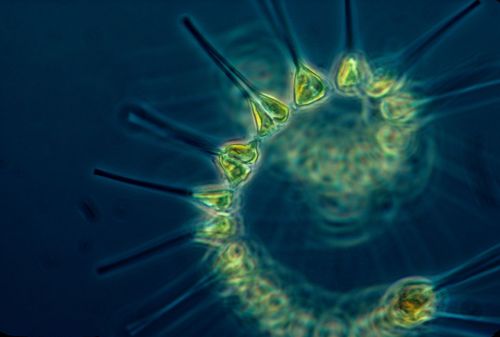
Astronauts just found life in space, we kid you not
Russian cosmonauts have discovered something remarkable clinging to the outside of the International Space Station: living organisms.
“Results of the experiment are absolutely unique" | Follow micdotcom
don’t be afraid to make corrections
don’t be afraid to lend a hand
and don’t look down
Woo Woo keeps walking around the house whispering “I know.” But he won’t tell us what he knows…

I'm in Northern Michigan!

Map of cousins based on the directory. Some other cousins were added who have mentioned their whereabouts in conversation and i happened to remember but who are not listed. That said, consider this your invitation to update your directory listing if you so desire. There are several of you who are not in it who maybe want to be? (No pressure, of course!)
Orange dots are for people whose specific location was unclear, but i put them in the correct state/province (except that one in the middle of Canada, because all it said was ‘Canada’). Blue dots are close to the cities that were listed.
Some people have two dots, like me because i listed Cleveland and Boston, or like Erin because i know she’s moving soon.
Other locations listed were China, Japan, Asia, and i know there is at least one person in Germany.
At least once Nita makes it to college she won’t have to keep asking her dad or counselor to cover for her when she has to miss school. If one of my students emailed me saying they were going to miss class because they had to stop the universe from tearing itself apart I’d be like ‘cheers I’ll drink to that bro’

Thank you for sharing this! This is another one of those situations where we are just now seeing the noticeable, dramatic payoff of years and years of quiet, unnoticed environmental work.
“Experts say years of conservation efforts have resulted in some of the healthiest waters in generations, with booming fish populations, clearer ocean waves and more chances to interact with our urban aquarium.”
This quote also really got me:
“‘It never gets old, it’s always thrilling,’ said Celia Ackerman, a naturalist with American Princess Cruises who captured the images. As a child growing up in Brooklyn, Ackerman couldn’t wait to move out of the city so she could study marine animals. 'I would have never imagined I could enjoy them here right in my backyard.’”

SO YOU WANT TO BE A WIZARD HEARNSSEN PUBLISHED BY PHOENIX PRESS 793.4
[click for bigger]
-
 accidentallymelted reblogged this · 4 years ago
accidentallymelted reblogged this · 4 years ago -
 verdigrisvagabond reblogged this · 4 years ago
verdigrisvagabond reblogged this · 4 years ago -
 librarian-at-last reblogged this · 4 years ago
librarian-at-last reblogged this · 4 years ago -
 somadyoucouldbite reblogged this · 4 years ago
somadyoucouldbite reblogged this · 4 years ago -
 vr-trakowski reblogged this · 4 years ago
vr-trakowski reblogged this · 4 years ago -
 seramarias reblogged this · 4 years ago
seramarias reblogged this · 4 years ago -
 leonaesperanza reblogged this · 4 years ago
leonaesperanza reblogged this · 4 years ago -
 stavarosthearcane liked this · 4 years ago
stavarosthearcane liked this · 4 years ago -
 lossefalme liked this · 4 years ago
lossefalme liked this · 4 years ago -
 beccaelizabeth315 reblogged this · 4 years ago
beccaelizabeth315 reblogged this · 4 years ago -
 tarred-and-sweatered reblogged this · 4 years ago
tarred-and-sweatered reblogged this · 4 years ago -
 somadyoucouldbite liked this · 4 years ago
somadyoucouldbite liked this · 4 years ago -
 k-she-rambles liked this · 4 years ago
k-she-rambles liked this · 4 years ago -
 imkerfuffled reblogged this · 4 years ago
imkerfuffled reblogged this · 4 years ago -
 renniejoy reblogged this · 4 years ago
renniejoy reblogged this · 4 years ago -
 renniejoy liked this · 4 years ago
renniejoy liked this · 4 years ago -
 theelkmechanic reblogged this · 4 years ago
theelkmechanic reblogged this · 4 years ago -
 qwertynerd97 reblogged this · 4 years ago
qwertynerd97 reblogged this · 4 years ago -
 isi7140 liked this · 4 years ago
isi7140 liked this · 4 years ago -
 rizaoftheowls liked this · 4 years ago
rizaoftheowls liked this · 4 years ago -
 colorfulcuttlefish reblogged this · 4 years ago
colorfulcuttlefish reblogged this · 4 years ago -
 unfavorableinstigation reblogged this · 4 years ago
unfavorableinstigation reblogged this · 4 years ago -
 thewordscomealive reblogged this · 4 years ago
thewordscomealive reblogged this · 4 years ago -
 thewordscomealive liked this · 4 years ago
thewordscomealive liked this · 4 years ago -
 hcolleen reblogged this · 4 years ago
hcolleen reblogged this · 4 years ago -
 txf-tarras liked this · 4 years ago
txf-tarras liked this · 4 years ago -
 toolipard liked this · 4 years ago
toolipard liked this · 4 years ago -
 vanathema liked this · 4 years ago
vanathema liked this · 4 years ago -
 dixkens liked this · 4 years ago
dixkens liked this · 4 years ago -
 dixkens reblogged this · 4 years ago
dixkens reblogged this · 4 years ago -
 eriquin reblogged this · 4 years ago
eriquin reblogged this · 4 years ago -
 tarred-and-sweatered liked this · 4 years ago
tarred-and-sweatered liked this · 4 years ago -
 stickygentlemenpersona reblogged this · 4 years ago
stickygentlemenpersona reblogged this · 4 years ago -
 fallaria liked this · 4 years ago
fallaria liked this · 4 years ago -
 waffletimewarp reblogged this · 4 years ago
waffletimewarp reblogged this · 4 years ago -
 hyratel reblogged this · 4 years ago
hyratel reblogged this · 4 years ago -
 leavingsofthewolf reblogged this · 4 years ago
leavingsofthewolf reblogged this · 4 years ago -
 izzybeth liked this · 4 years ago
izzybeth liked this · 4 years ago -
 chibisketches liked this · 4 years ago
chibisketches liked this · 4 years ago -
 eriquin liked this · 4 years ago
eriquin liked this · 4 years ago -
 wherewewentwrong liked this · 4 years ago
wherewewentwrong liked this · 4 years ago -
 huinsutt99 liked this · 4 years ago
huinsutt99 liked this · 4 years ago -
 mymyriadmusings liked this · 4 years ago
mymyriadmusings liked this · 4 years ago -
 heymerle liked this · 4 years ago
heymerle liked this · 4 years ago -
 gwaihiril reblogged this · 4 years ago
gwaihiril reblogged this · 4 years ago -
 onesingledreamer liked this · 4 years ago
onesingledreamer liked this · 4 years ago -
 ticktockparadox reblogged this · 4 years ago
ticktockparadox reblogged this · 4 years ago
A personal temporospatial claudication for Young Wizards fandom-related posts and general space nonsense.
288 posts
